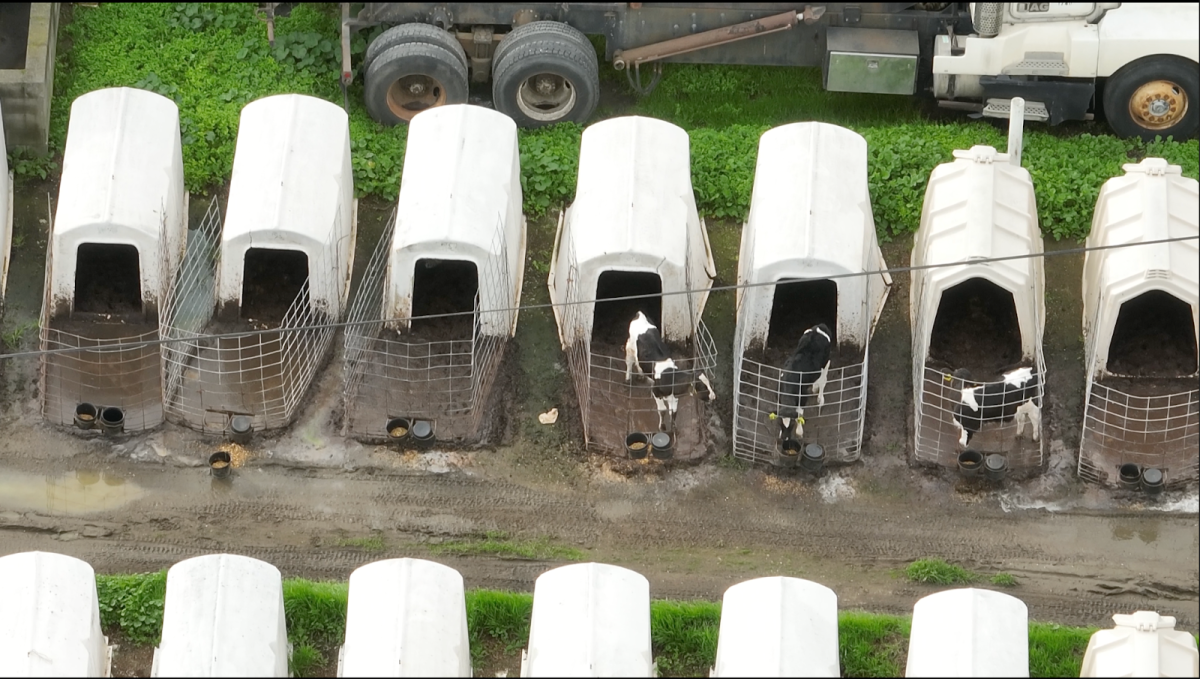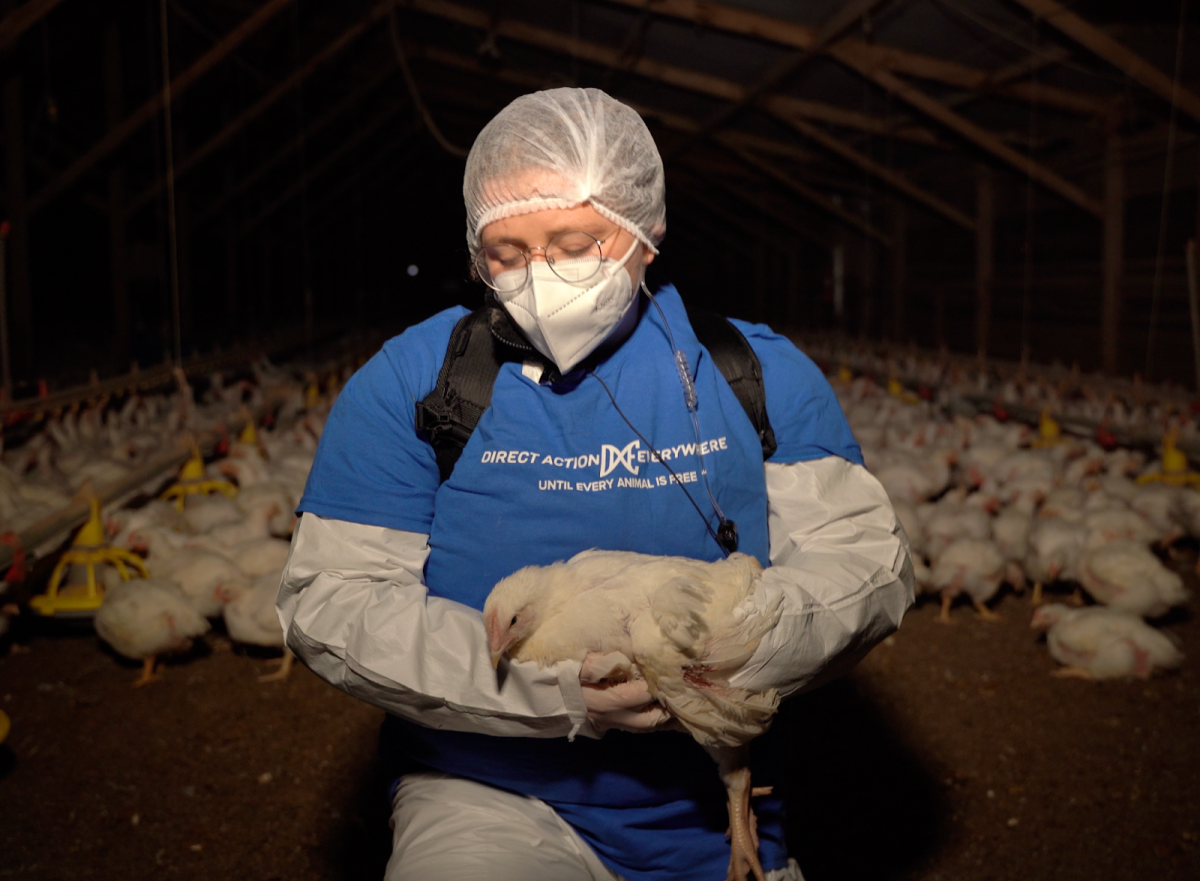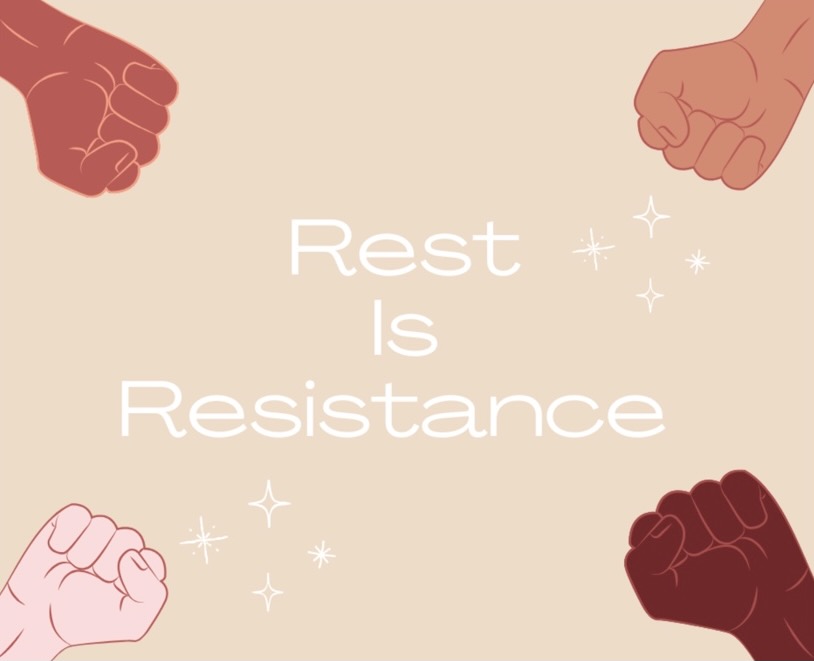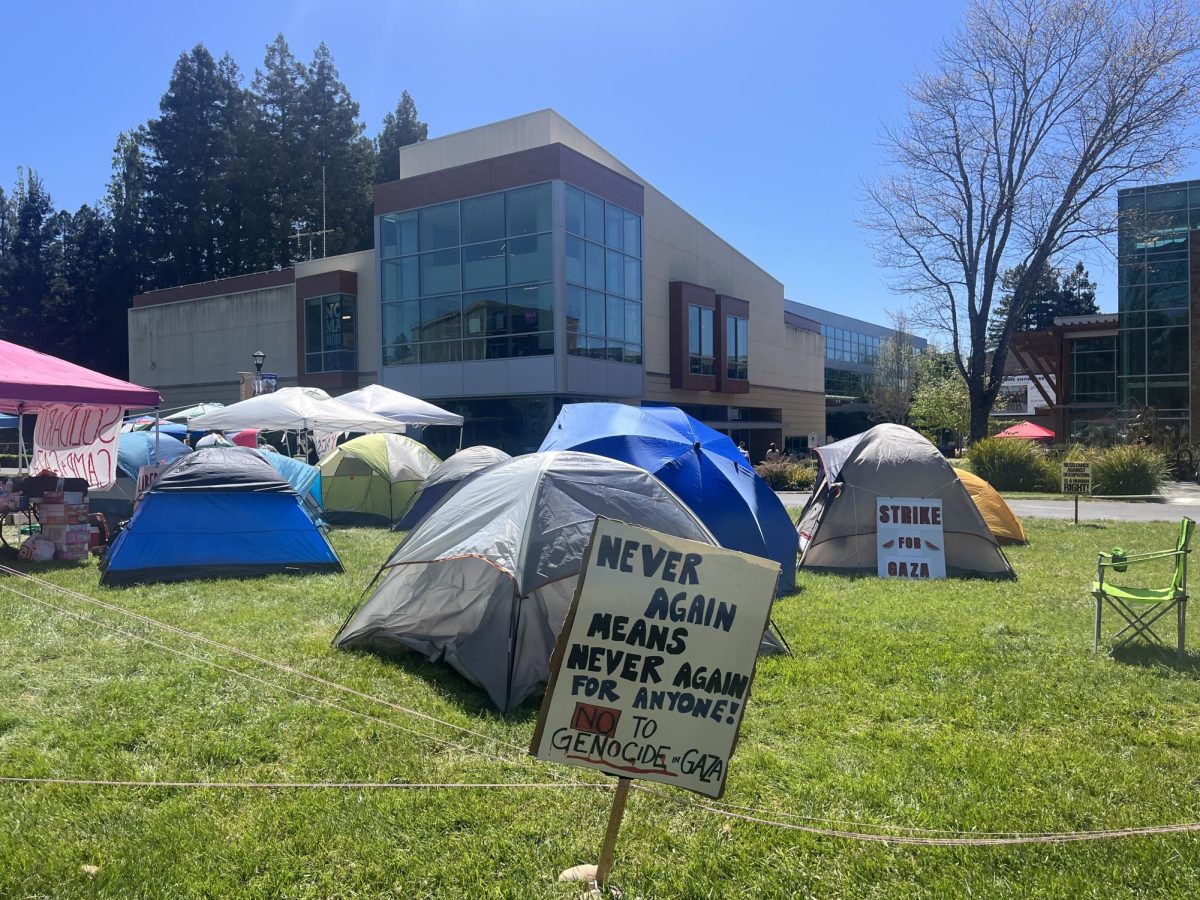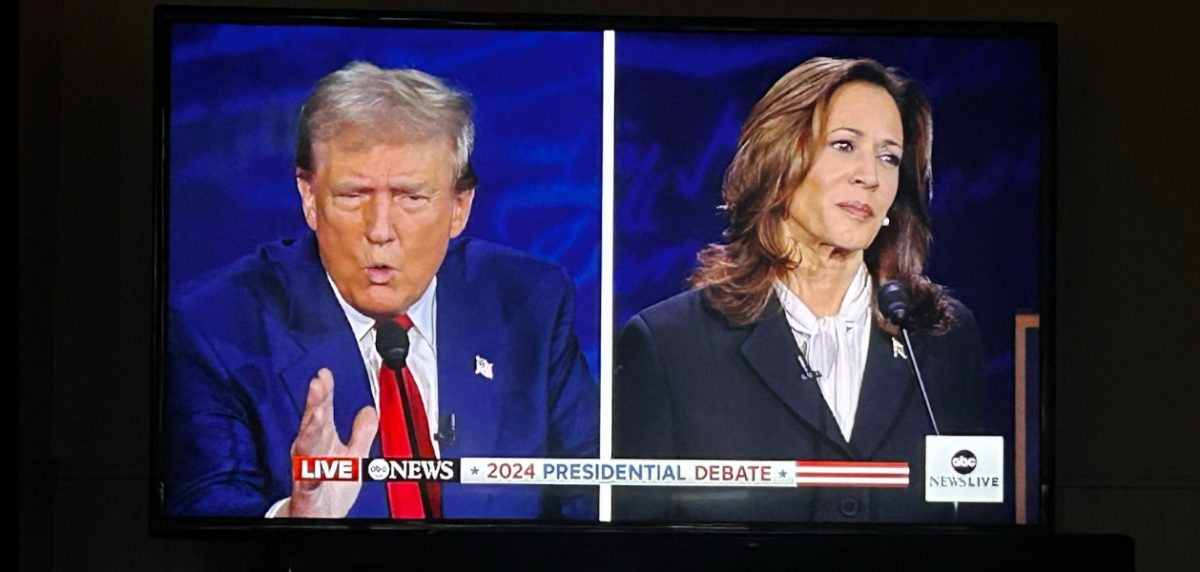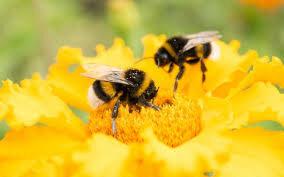With Spring quickly approaching, a time when the flowers sprout and our campus is full of color, we must remember to give credit to the most important species that allow us to experience such beauty: bumblebees. These creatures pollinate our plants every year but unfortunately due to the increasing temperatures, the decline in bumblebees is happening at an alarming rate.
Science Magazine analyzed a large dataset of bumblebee occurrences across North America and Europe, 66 bumblebee species to be exact, and found that bumblebee populations had recently declined by 46% in North America and by 17% across Europe when compared to numbers collected in 1901 to 1974. Scientists have linked these declines due to an increasing frequency of unusually hot days, increasing local extinction rates, reducing colonization and decreasing species richness within a region. In other words, global warming is starting to kill off a large number of these incredibly important pollinators and is driving them closer and closer to extinction. The New York Times spoke to the lead author of the study, Peter Soroye, a doctoral student in biology at the University of Ottawa, he stated that ¨the scale of this decline is worrying… this group of organisms is such a critical pollinator in wild landscapes and agricultural regions.¨
There have been numerous studies that link climate change/climate warming to population declines, local extinctions, and elevated global extinction risk. The International Union for Conservation of Nature (IUCN) reported that 16 of 68 bumblebee species in Europe, including three crucial crop pollinators, are now at risk of extinction. A North American study of eight bumblebee species showed that the range of four of them has shrunk by 23% to 87%.
Senior biology student here at Sonoma State, Byron Flores, commented on the matter saying, “seeing that climate change is causing a variety of problems for not only us but for other species is quite disturbing because it is disrupting vital ecosystems and their services they provide. For example, bumblebees provide an extremely important service for us which is pollination.¨ He continues stating, ¨[This issue] is more apparent in North America and Europe which is not surprising considering that these are labeled as ¨first world countries or wealthy areas¨ which means industrialization aka pollution. Pollution is a type of disturbance bees experience. If we are to reverse these effects we need to start thinking of greener or more ecologically friendly ways to live.”
Flores brings up a crucial point and it is important to note that climate change and its effects are not the only culprits to the decline of bumblebees. Alien competitors, habitat destruction, and pesticide use all contribute to the problem as well. According to the World Health Organization, pesticides are potentially toxic to other organisms, including humans. Research has shown that pesticides can potentially wipe out common bumblebee populations by preventing the formation of new colonies due to the neonicotinoid chemical thiamethoxam which dramatically reduces egg-laying by queen bumblebees. Lead researcher Professor Nigel Raine, from the University of Guelph in Ontario, Canada, said: “Bumblebees that were exposed to neonicotinoids were 26% less likely to lay eggs to start a colony. A reduction this big in the ability of queens to start new colonies significantly increases the chances that wild populations could go extinct.”
By supporting bumblebee habitats we can work on preserving what is left of the population. One can help feed bumblebees and many other insects even if all you have is a window box by planting specific flowers that bees like to feed off of, a continuous succession of flowers supplying nectar and pollen throughout the season will help bees get the right amount of nectar and pollen needed to strive.
There are extensive lists available online that detail the types of flowers that are most appropriate for this to take place.

